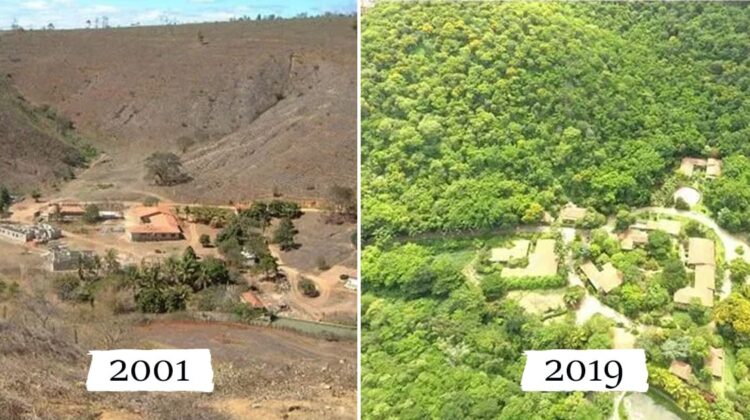
A Brazilian couple has spent the last 20 years transforming a barren ranch into a lush paradise for animals. Sebastião Salgado, a renowned photographer, and his wife Lélia Deluiz Wanick Salgado bought the land in 1994 and were shocked by the devastation caused by deforestation and commercial farming.
Determined to make a change, the couple set out to replant the land with native species of trees and vegetation, and over the years, their hard work has paid off. The once-barren landscape is now teeming with life, with over 2 million trees planted and thousands of animals returning to the area.
The couple’s project, known as Instituto Terra, has not only helped restore the local ecosystem but has also had a positive impact on the climate, with the regenerated forest acting as a carbon sink. In addition, the reforestation has created job opportunities for local communities and has provided a model for sustainable development.
The Salgados’ work has received international recognition, with Sebastião receiving the prestigious Prince of Asturias Award in 1998 and the Right Livelihood Award in 2019. Their story has inspired people around the world to take action to protect the environment and work towards a sustainable future.
The couple’s dedication to restoring the land is a testament to the power of human ingenuity and determination. Through their work, they have shown that even the most devastated landscapes can be transformed into thriving ecosystems with the right tools and commitment.
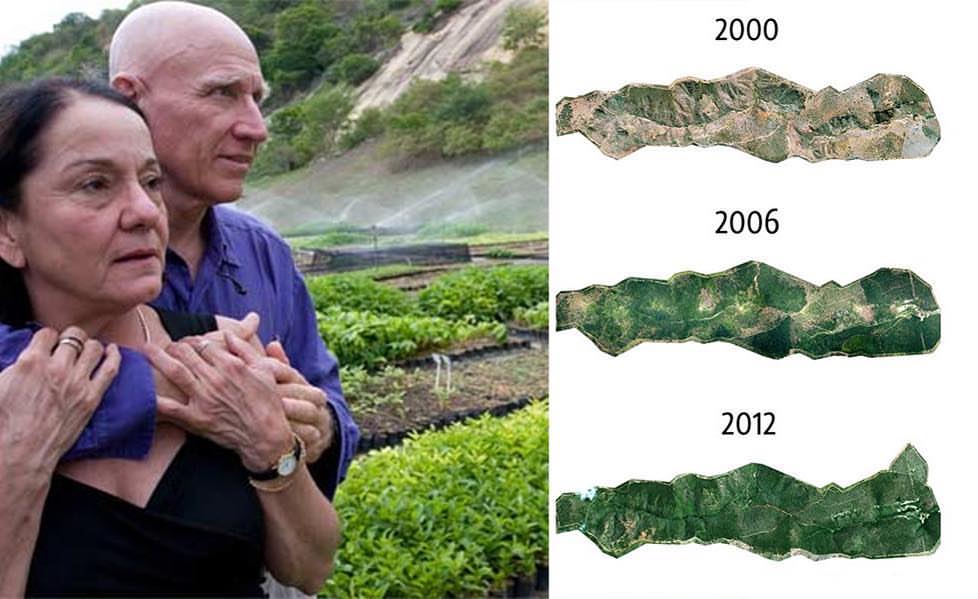
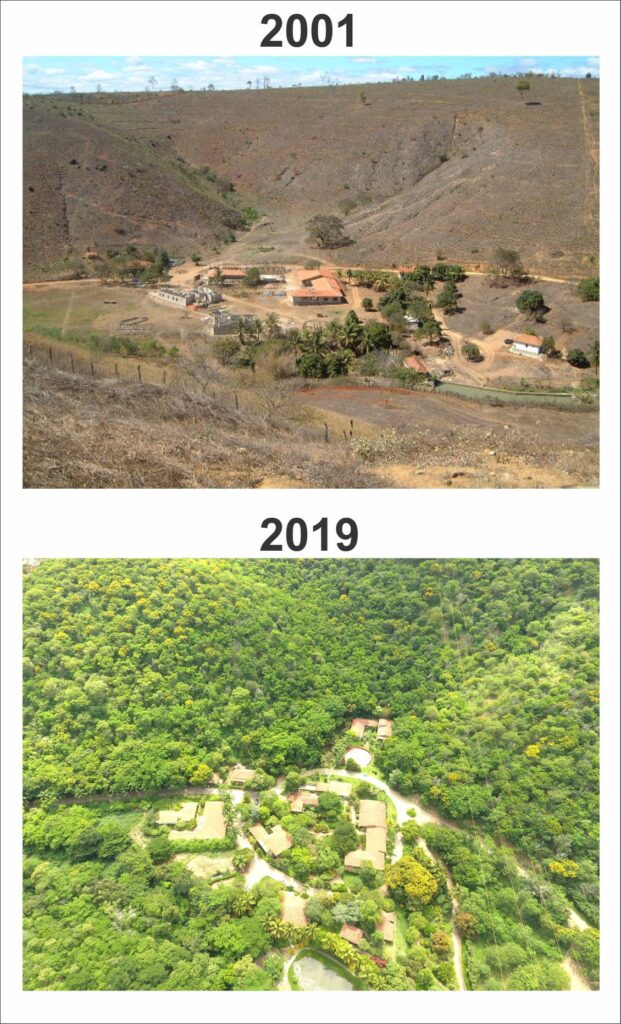
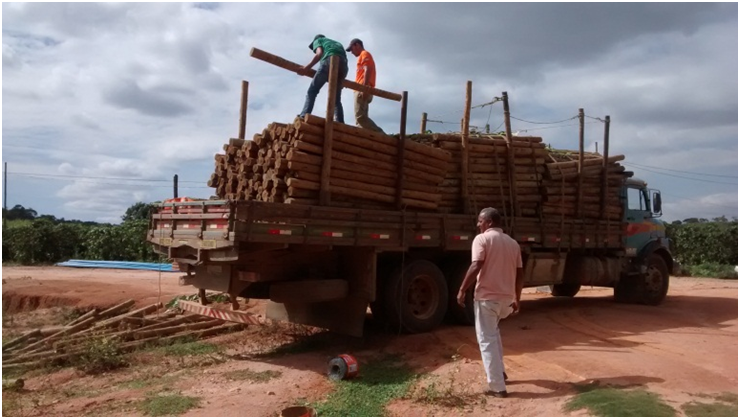
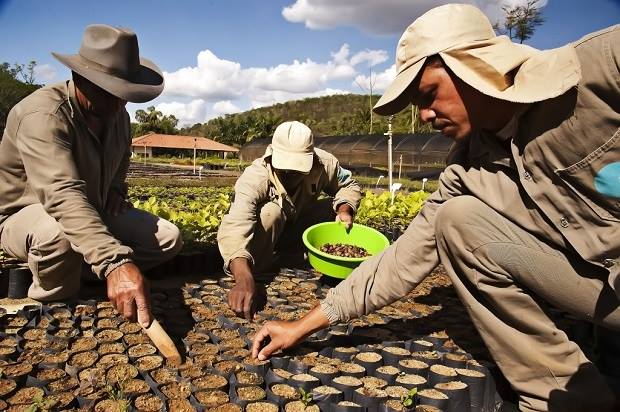
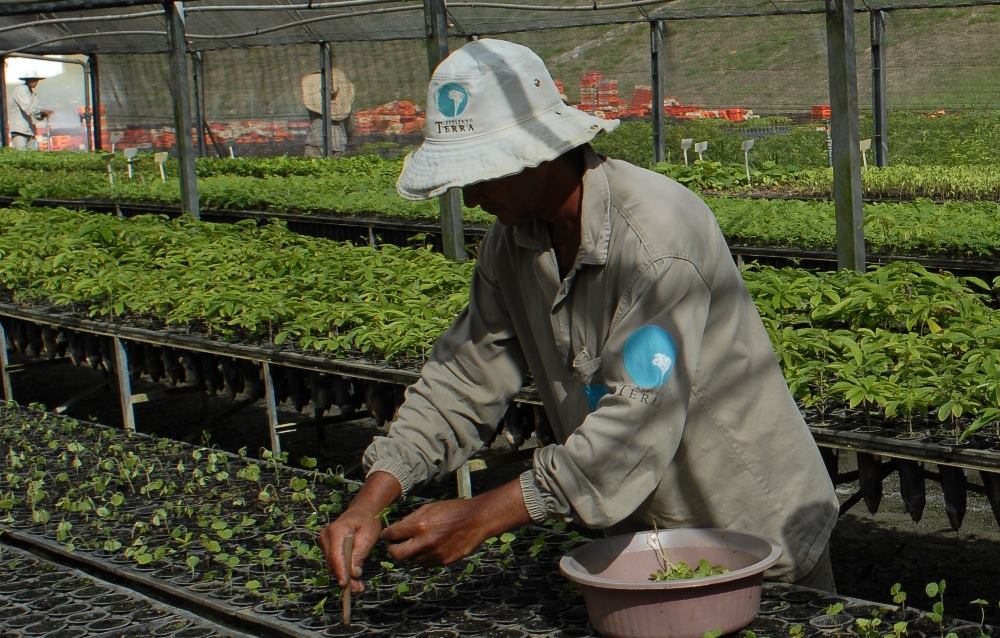
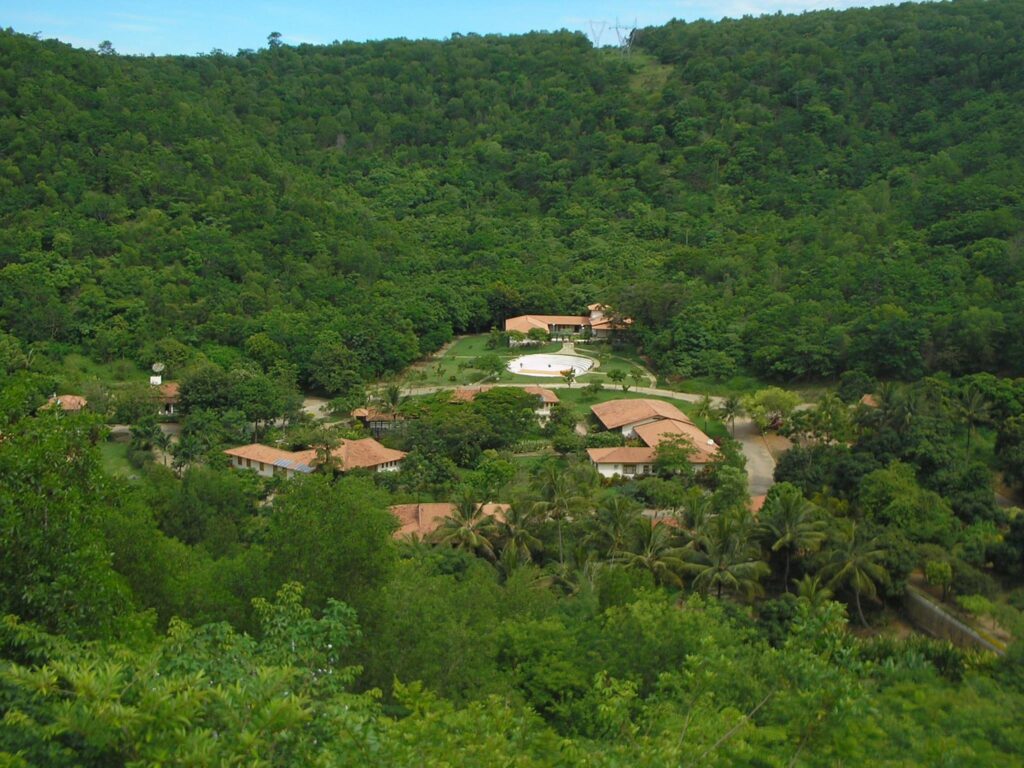
It now supports a diverse range of plants and animals, many of which are endangered.
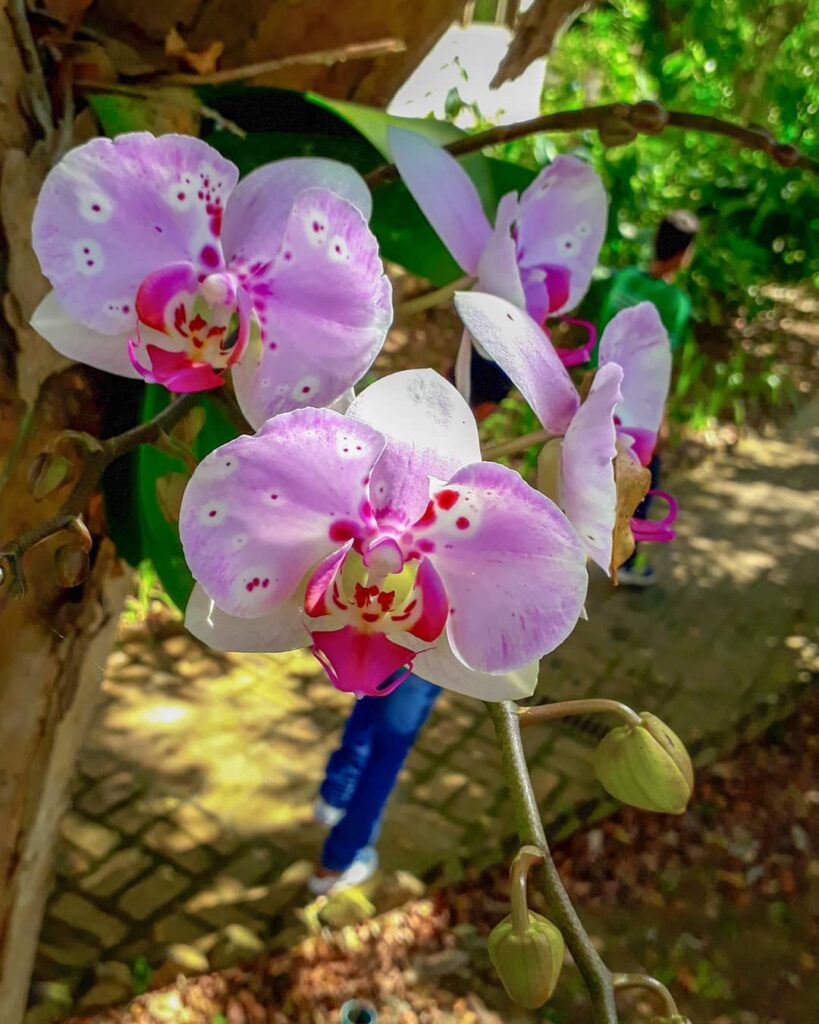
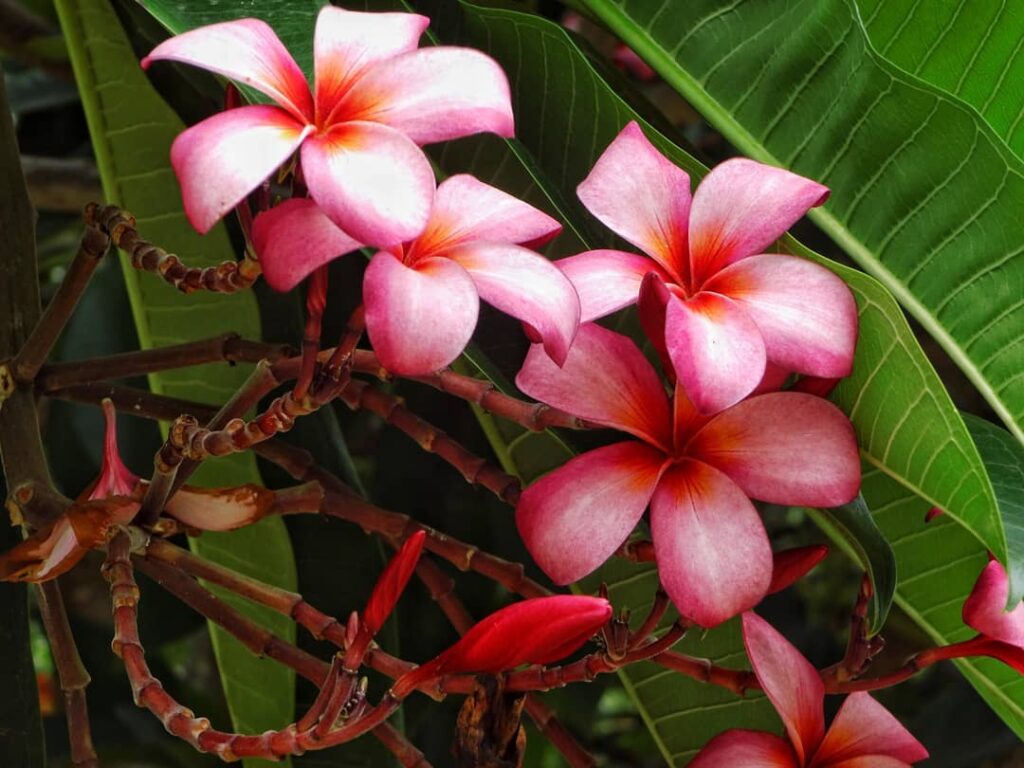
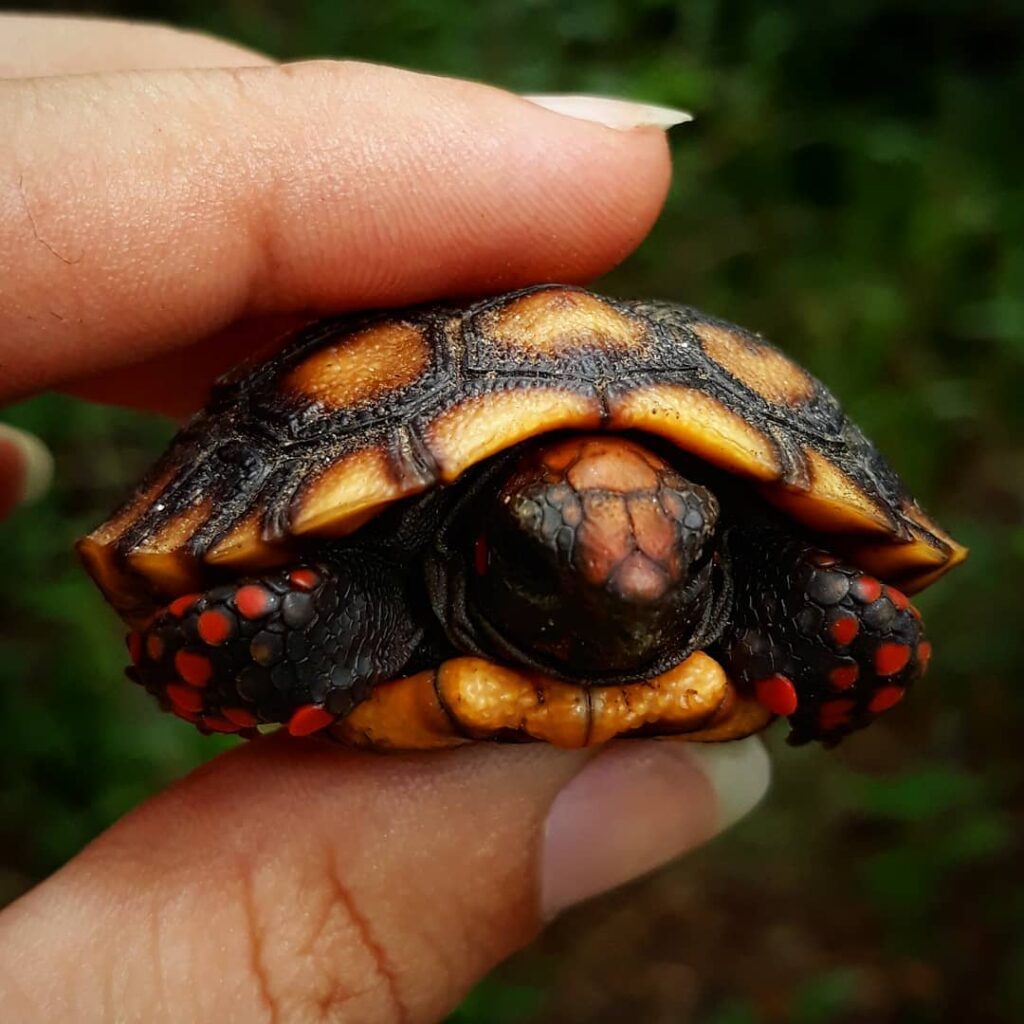
Hear the couple discuss their inspiring endeavor.
